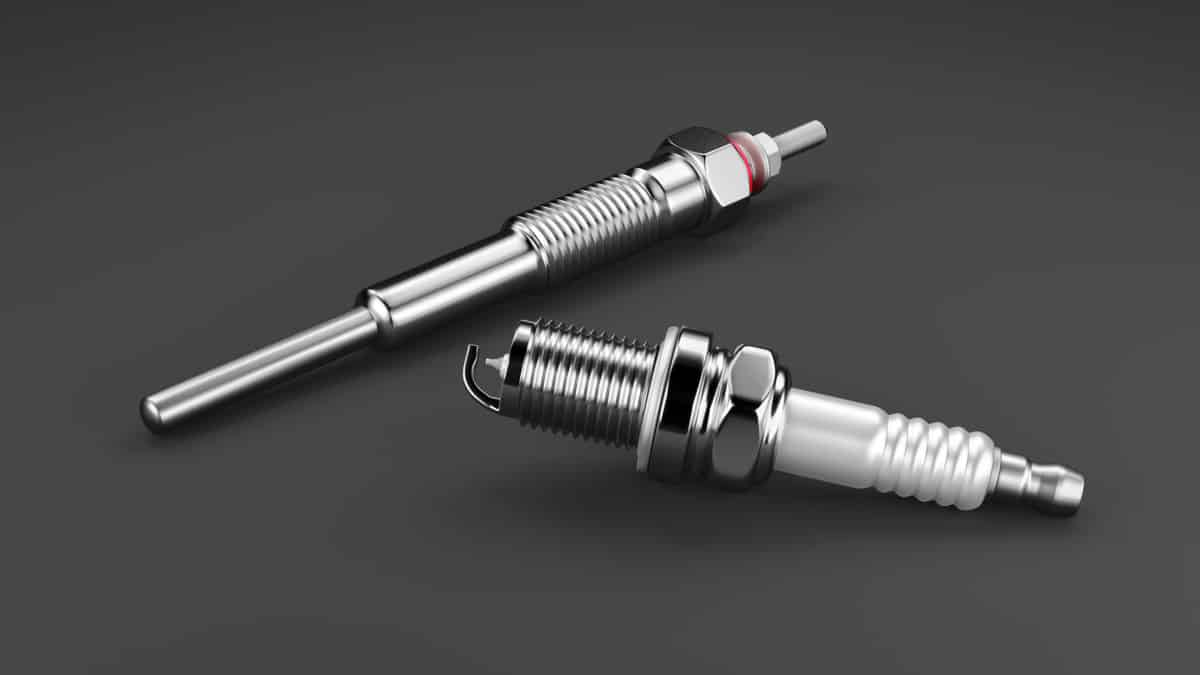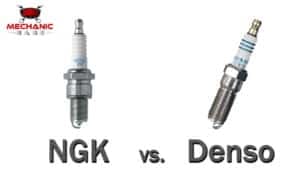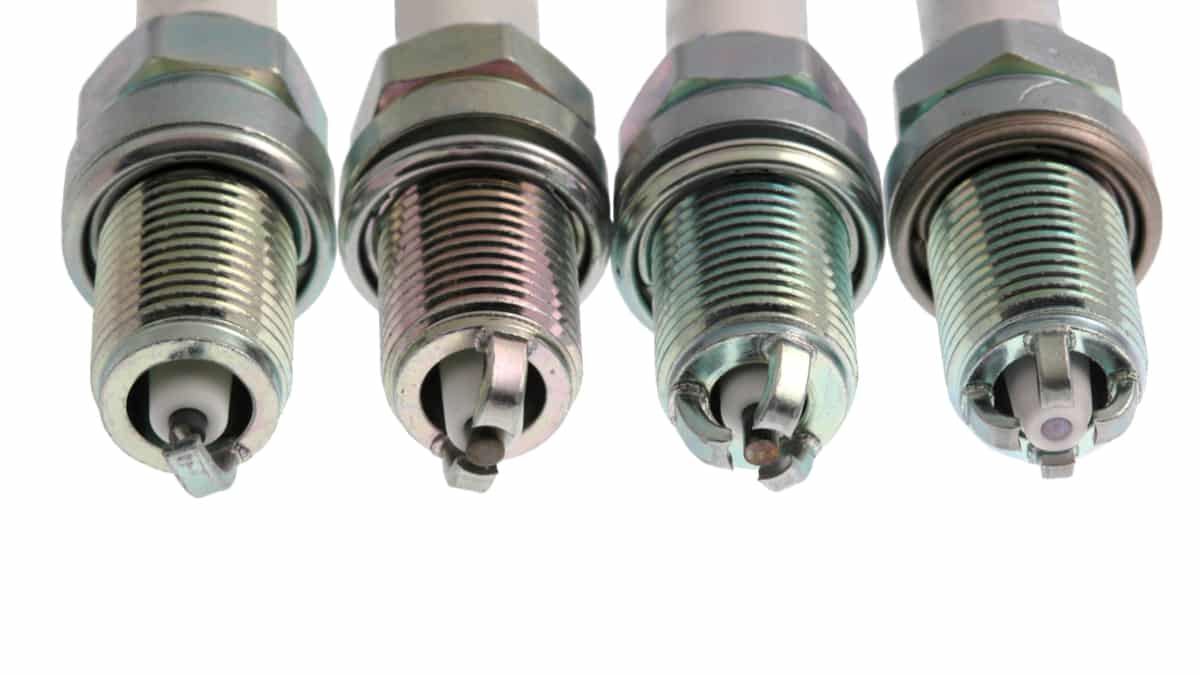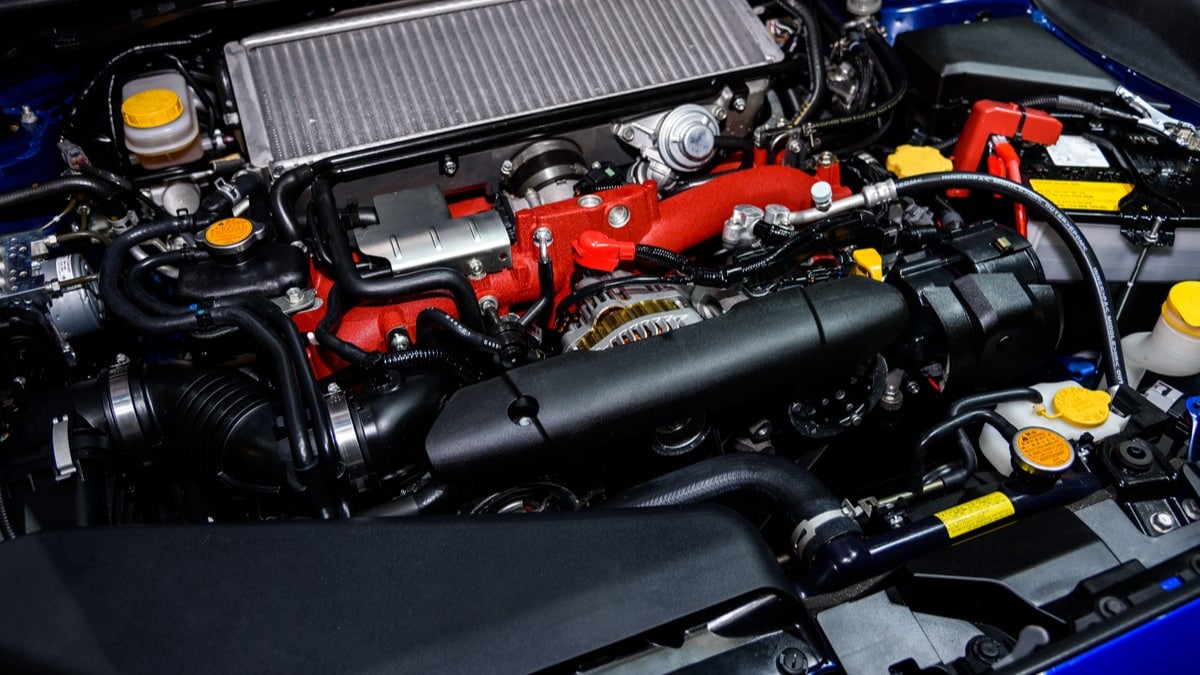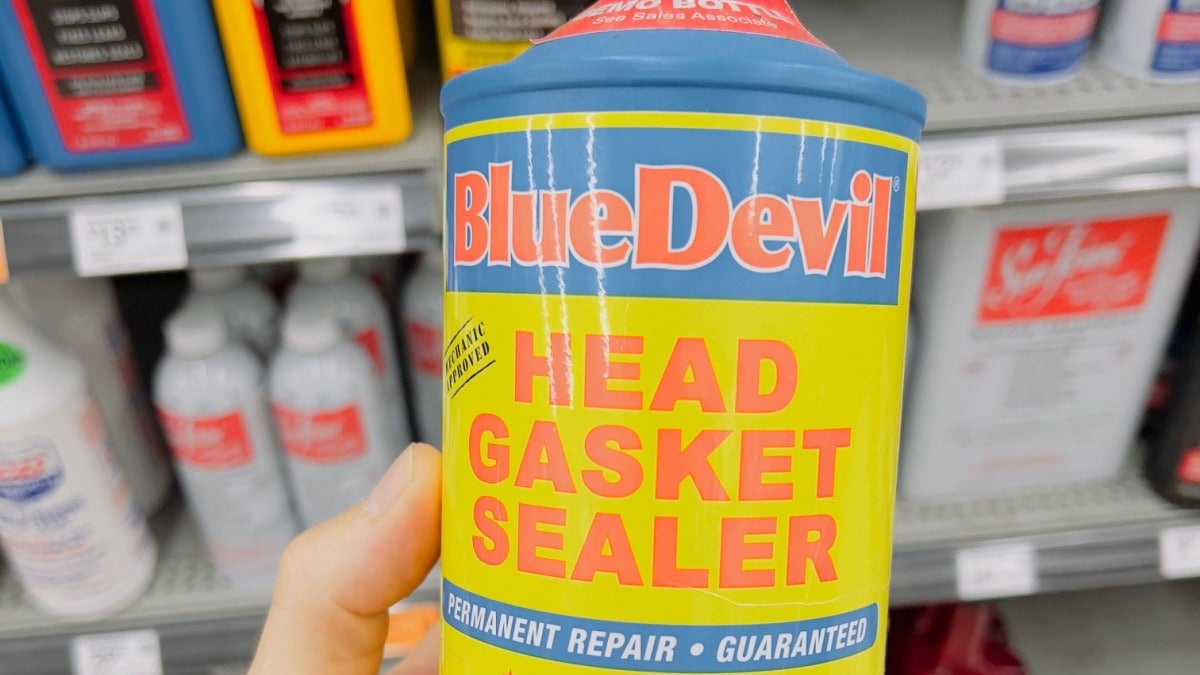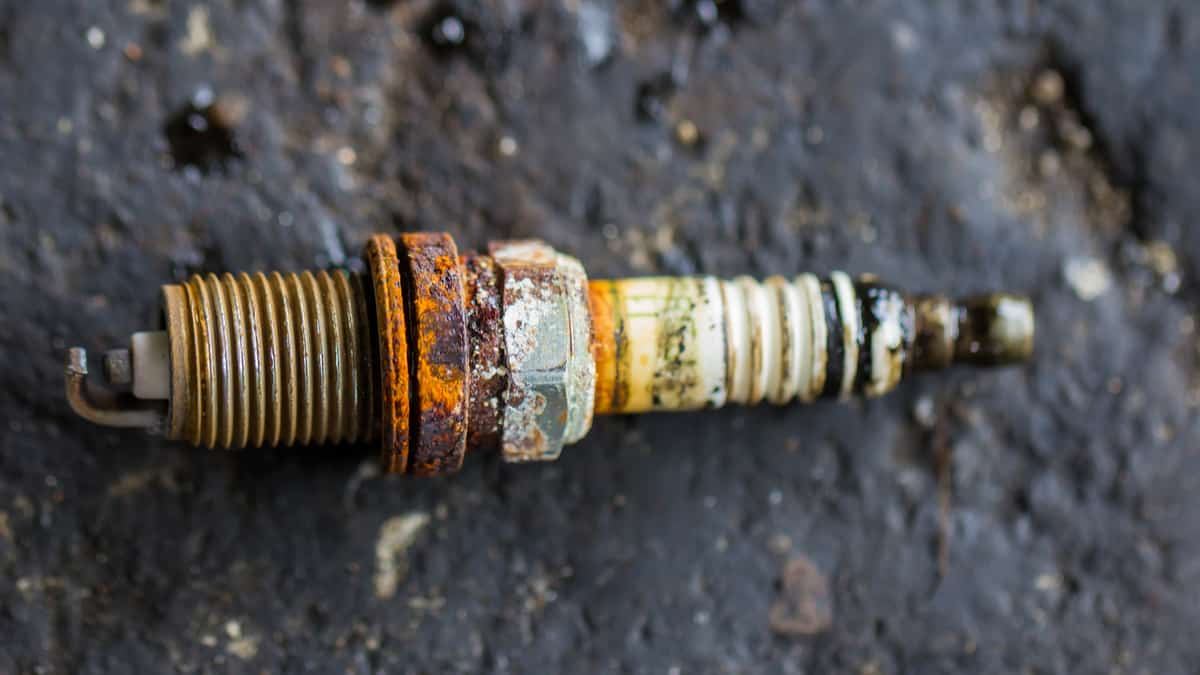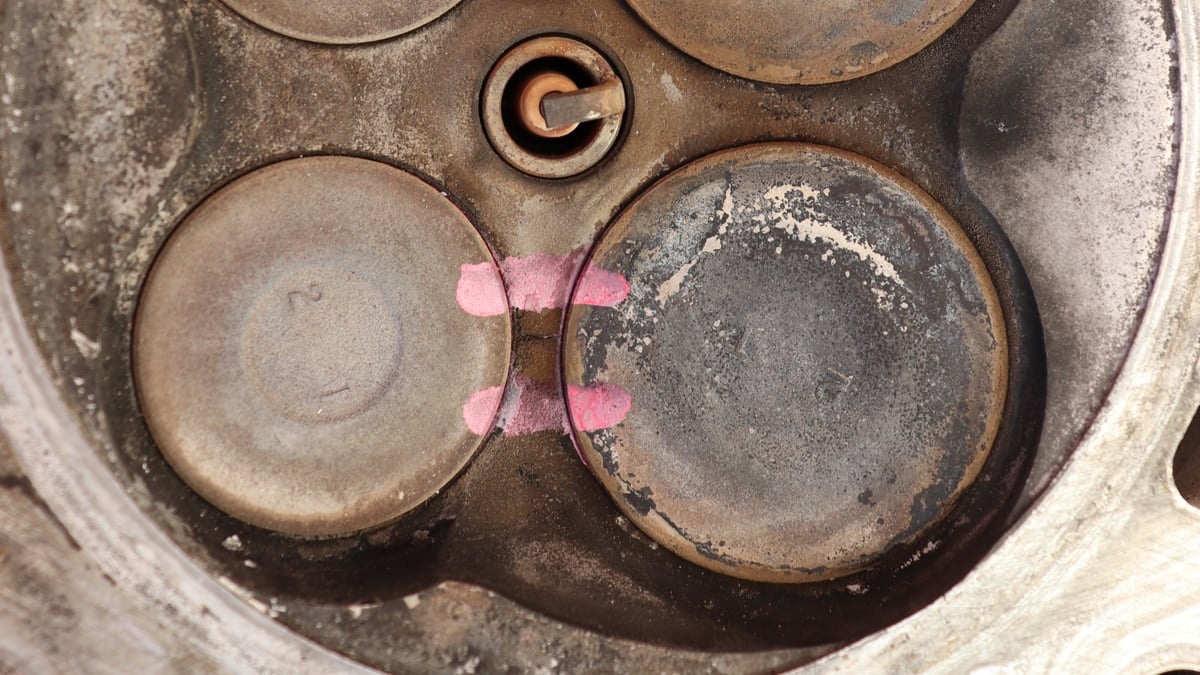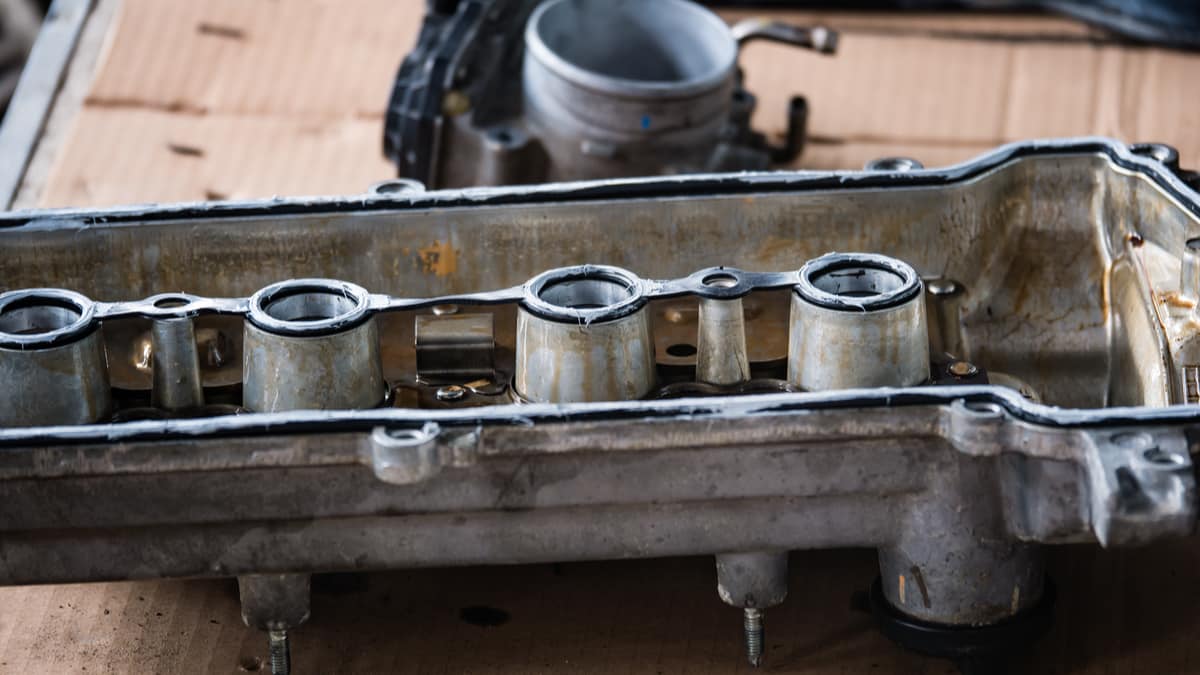There are few problems more notorious than a blown head gasket. Not only can they be expensive and time-consuming to replace, but they’re also notorious for giving out.
But how do you know if you have a blown head gasket or if the problem is related to something else? We’ll walk you through everything you need to know to test for a blown head gasket in this comprehensive guide.
What Does A Head Gasket Do?
Your head gasket sits between the head of your engine and the combustion chamber, and it keeps all the various fluids in the correct channels. This might seem like a pretty simple job, but it’s so close to the combustion chamber that it gets exposed to a lot of force and movement.
Moreover, if the seals start to give out, you’re going to run into a litany of problems that can lead to further engine damage. It might seem like a simple component, but it has a critical job.
How To Test Your Head Gasket
The two most straightforward ways to test your head gasket are to check your oil, and check your exhaust. But while those might be the easiest ways, they aren’t the only things you can check for confirmation. Below, I’ll highlight the seven most effective ways to test if you have a blown head gasket:
1. Check Your Engine Oil
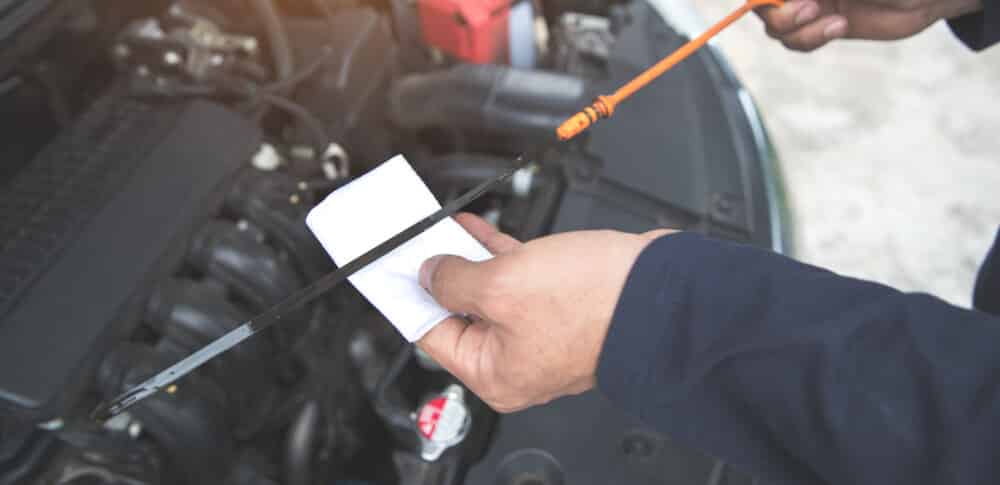
One of the easiest and most effective ways to test if you have a blown head gasket is to take a look at your engine oil. You can check it by pulling the dipstick, but if you’re close to needing an oil change, it’s far more effective to drain it from the pan and look.
Engine oil mixed with coolant is indicative of a blown head gasket. You’ll know that it’s mixed if you see a milky color in your oil instead of a brownish/black color of used oil. The more coolant that’s there, the milkier the color will be.
2. Check Your Exhaust
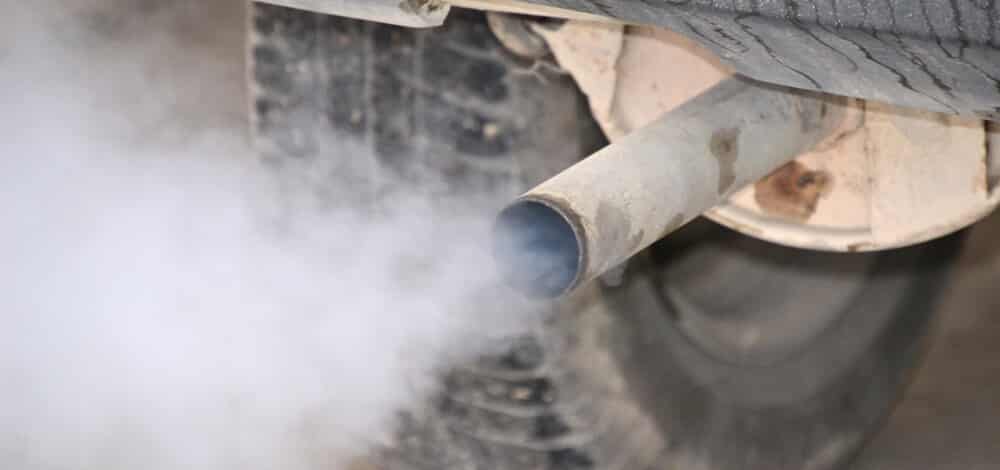
If you look at your exhaust and there’s far more smoke than usual, that might mean you have a blown head gasket. However, there are a few things you need to be aware of when diagnosing excess exhaust.
First, as the temperature drops outside, you can expect more exhaust than during warmer weather. This is entirely normal and doesn’t indicate a blown head gasket.
Second, you should be looking for excessive white smoke if you have a blown head gasket, as this is the color that coolant burns if it gets into the combustion chamber. Finally, you need to always have excessive smoke for the problem to be a blown head gasket.
If the amount of exhaust smoke fluctuates after warming up or on different days, the problem likely isn’t a blown head gasket.
RELATED: 6 Causes of Car Blowing White Smoke from Exhaust
3. Check Your Spark Plugs
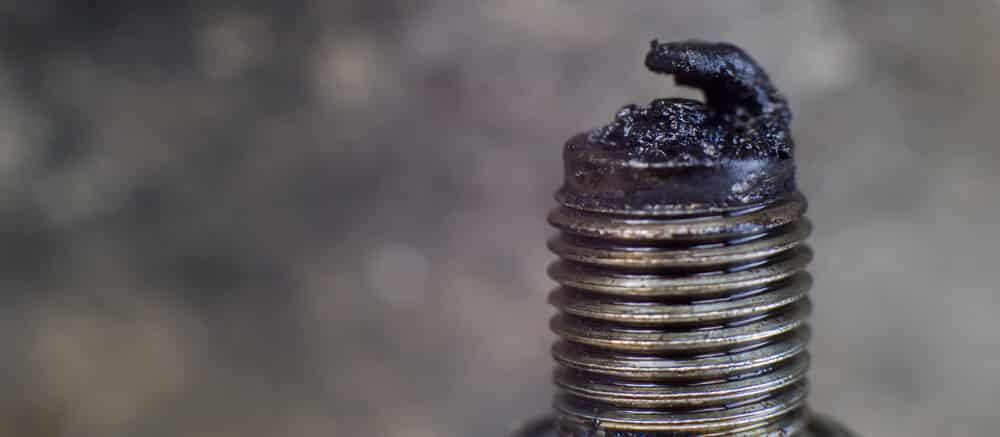
A telltale sign of a blown head gasket is oil or coolant on your spark plugs. While this isn’t as easy to spot compared to checking your oil or your exhaust, it’s a foolproof way to diagnose the problem.
Simply pull your spark plugs and look over each one carefully. If you notice any oil or coolant residue on the tip of the spark plug, that means you have a problem, and it’s likely a blown head gasket.
4. Check the Radiator
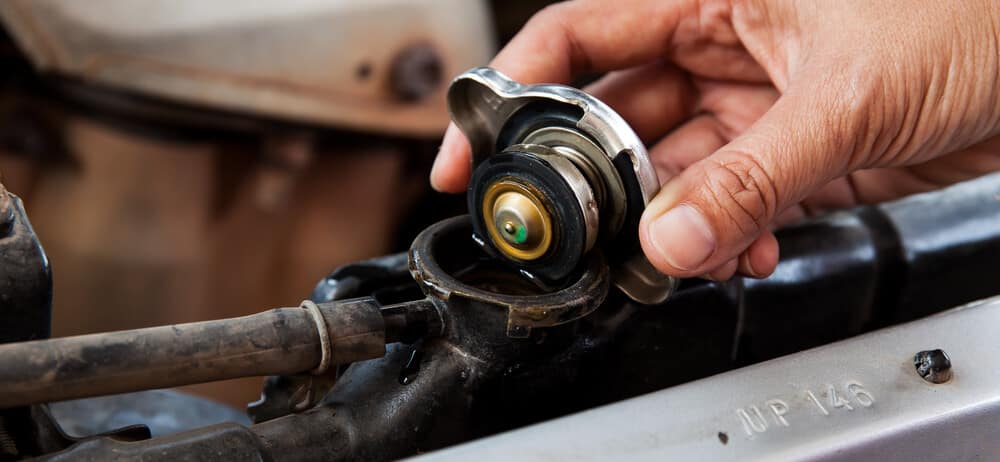
There are a few different things you can look for by checking your radiator. First, a blown head gasket will let air into the cooling system, which will cause the radiator to have a frothy or foamy mixture.
Moreover, oil and fuel could be mixed into the system. If that happens, then you’ll have a milky-colored mix when you check the radiator.
5. Check Your Coolant
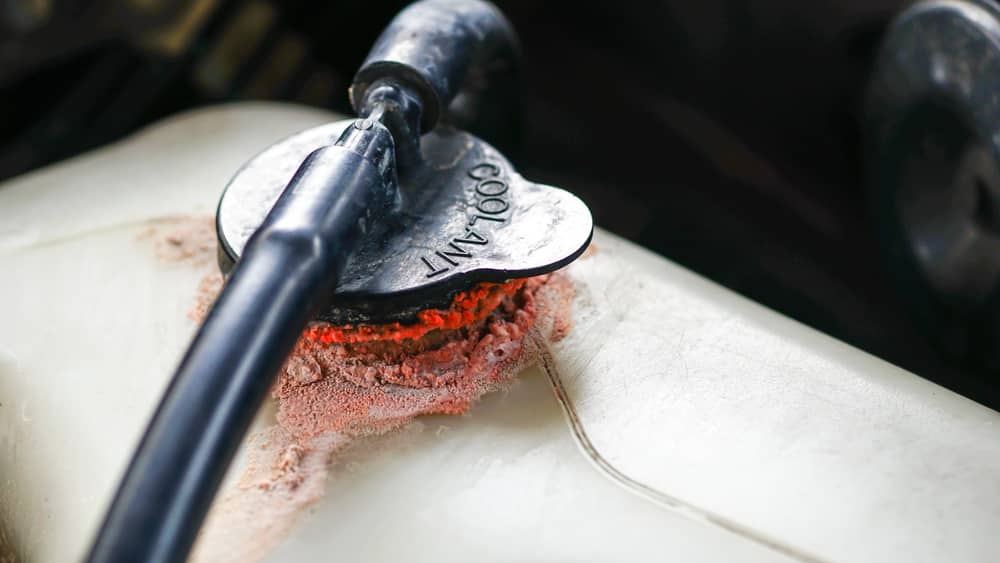
Your coolant is a sealed system, which means that what you put in your system should stay there. And while the levels can fluctuate slightly due to differences in temperature and pressure, they should stay the same for the most part.
So, if you find that you have to keep adding coolant to the system even though there’s no visible leak, there’s a good chance that your coolant is heading somewhere it shouldn’t inside your engine. If you have excessive smoke, it’s getting into the combustion chamber, and if you have a milky-colored oil it’s getting into the oil channels.
Furthermore, just like your oil can change color if it’s mixing with the coolant, if there is oil in the coolant reservoir, you’ll notice a frothy/milky color that indicates you have a problem.
If smoke comes out of the coolant reservoir when the coolant cap is off, it can also mean that compression is going into the coolant system. This can be tested with an exhaust tester also.
6. Run a Compression Test
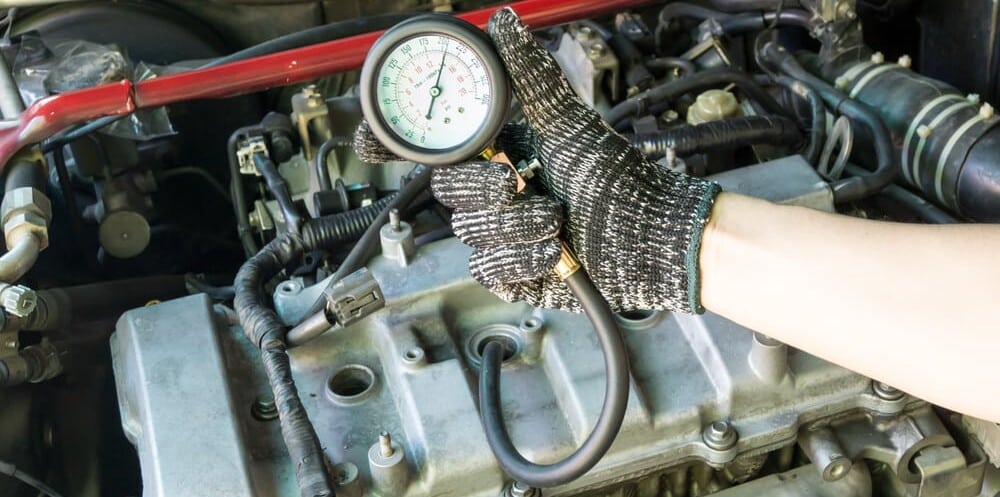
While this is one of the more complicated tests to run, it’s also one of the most effective. You’ll need a few specialty tools to get the job done, and you’ll have to pull the spark plugs too. When you pull the spark plugs, make sure that you take a look at them to check for coolant or oil residue.
You’ll notice a drop in compression in the affected combustion chamber if you have a blown head gasket. That’s because the cylinder can never fully seal, and the excess pressure will escape.
Small leaks can be very difficult to notice with this method though.
7. Check For Leaks

While most people are aware that a blown head gasket can send fluids to other parts of your engine, it’s less well-known that blown head gaskets can lead to external leaks.
It’s all about where the leak is. If it’s towards the outside of the head gasket, you’ll have fluid dripping down the outside of your engine instead of going into different passages.
This can cause smoke to come off your engine if it’s pooling up and burning off before it reaches the ground. Or, if it does reach the ground you should notice fluid puddling up underneath your vehicle.
This fluid can be either coolant or oil, and the only way to diagnose it as a bad head gasket is to trace it back to the leak’s source. If you do find that it’s coming from the head gasket, you’ve found your problem!
BONUS TIP
The easiest way to determine if the coolant is leaking into the oil or the combustion chambers is by using a cooling system pressurize tool.
Just connect it and let it be pressurized for 10 minutes. The pressure should be stable, as the coolant system should be sealed. If the pressure is dropping, it is mostly leaking into the oil or the cylinders.
Remove the spark plugs and check for signs of coolant in the cylinders. Also, check the dipstick for any signs of coolant in the oil pan.


